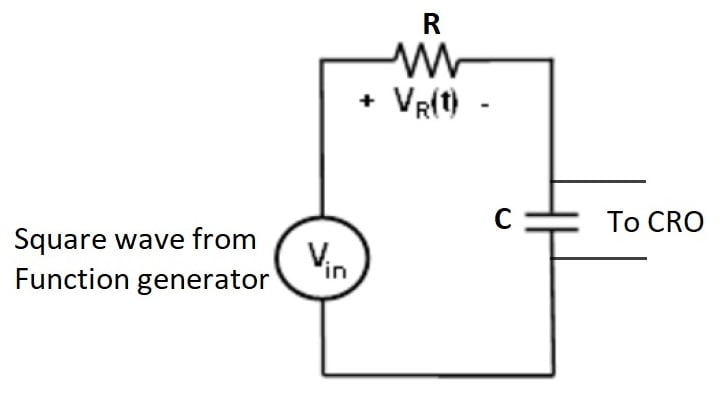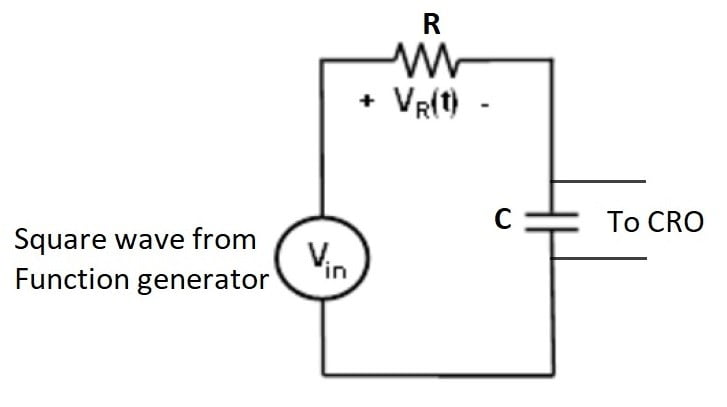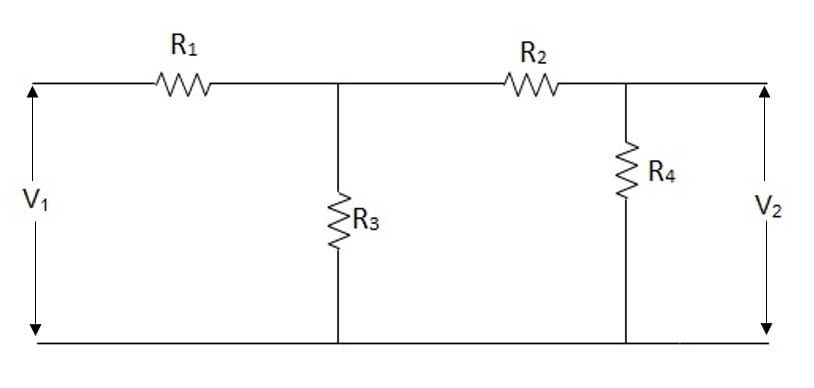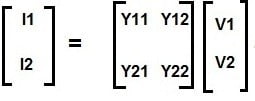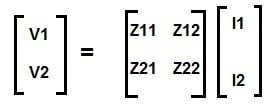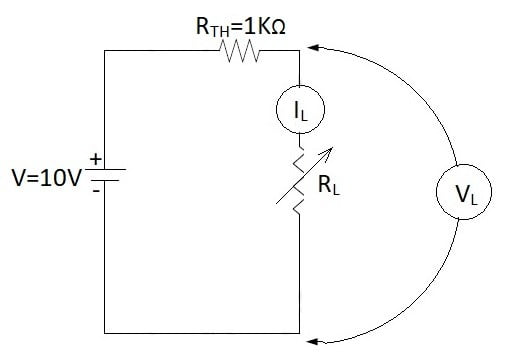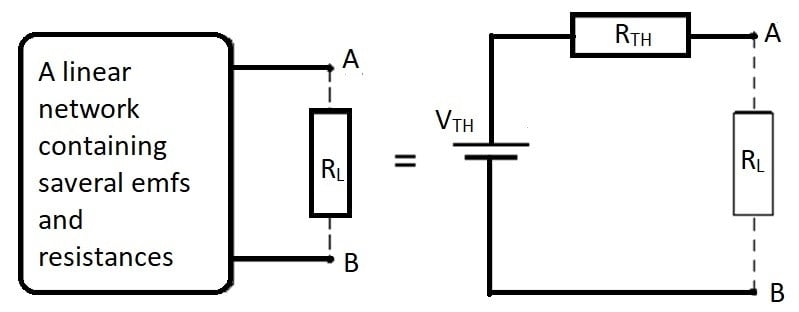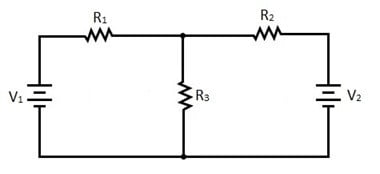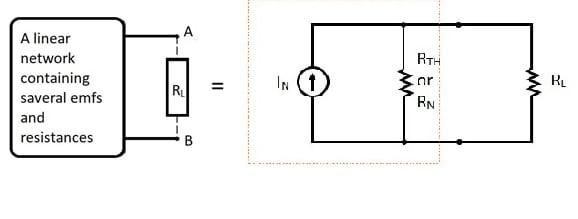Study the transient response of a series RL circuit
Aim Study the transient response of a series RL circuit and understand the time constant concept. Apparatus Breadboard, Resistor, Inductor, CRO, Function generator, CRO probes and Connecting wires. Theory In this experiment, you will apply a square waveform to the circuit to analyse the transient response of the circuit. The pulse width relative to the […]
Study the transient response of a series RL circuit Read More »

